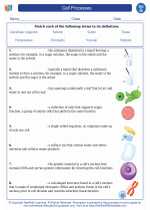Art: An Introduction
Art is a diverse range of human activities and creations that express imaginative or technical skill. It encompasses a wide range of mediums, including visual arts (such as painting, drawing, and sculpture), performing arts (such as dance, theater, and music), and literary arts (such as poetry and prose).
Key Concepts in Art
- Form and Composition: Art often involves the use of form, shape, color, and composition to create visually appealing and meaningful works.
- Expression and Communication: Artists use their work to express emotions, ideas, and narratives, as well as to communicate with their audience.
- Historical and Cultural Context: Art is often influenced by the historical and cultural context in which it is created, reflecting societal values, beliefs, and traditions.
- Technique and Skill: Many forms of art require technical skill and mastery of specific techniques, which can be developed through practice and study.
Studying Art
Studying art involves exploring its various forms, understanding its historical and cultural significance, and developing practical skills in creating art. Here are some key areas to focus on when studying art:
- Art History: Understanding the development of art through different historical periods and movements can provide valuable insights into the cultural and social context of artistic expression.
- Art Appreciation: Analyzing and critiquing works of art can help develop an appreciation for the aesthetic, emotional, and intellectual aspects of artistic expression.
- Art Production: Engaging in the creation of art, whether through drawing, painting, sculpting, or other mediums, can help develop practical skills and an understanding of artistic techniques.
- Art Theory: Exploring concepts such as aesthetics, symbolism, and artistic philosophy can deepen one's understanding of the underlying principles of art.
Conclusion
Art is a rich and multifaceted domain that offers opportunities for creative expression, critical thinking, and cultural exploration. By studying art in its various forms, individuals can gain a deeper appreciation for the role of art in society and develop their own artistic abilities.
Further Resources
For further study, consider exploring the works of renowned artists, visiting art museums and galleries, and engaging in hands-on artistic activities. Additionally, delving into art literature and academic resources can provide valuable insights into the theory and practice of art.
.◂Biology Worksheets and Study Guides High School. Cell processes
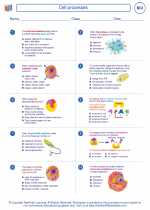
 Worksheet/Answer key
Worksheet/Answer key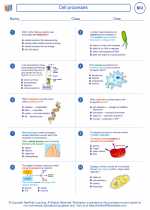
 Worksheet/Answer key
Worksheet/Answer key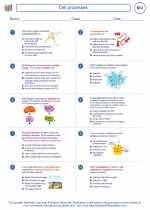
 Vocabulary/Answer key
Vocabulary/Answer key
 Vocabulary/Answer key
Vocabulary/Answer key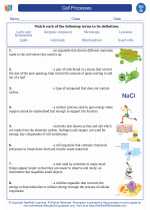
 Vocabulary/Answer key
Vocabulary/Answer key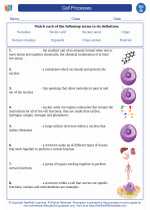
 Vocabulary/Answer key
Vocabulary/Answer key
 Vocabulary/Answer key
Vocabulary/Answer key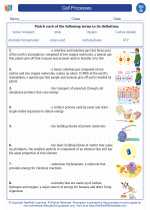
 Vocabulary/Answer key
Vocabulary/Answer key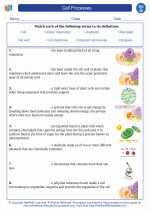
 Vocabulary/Answer key
Vocabulary/Answer key